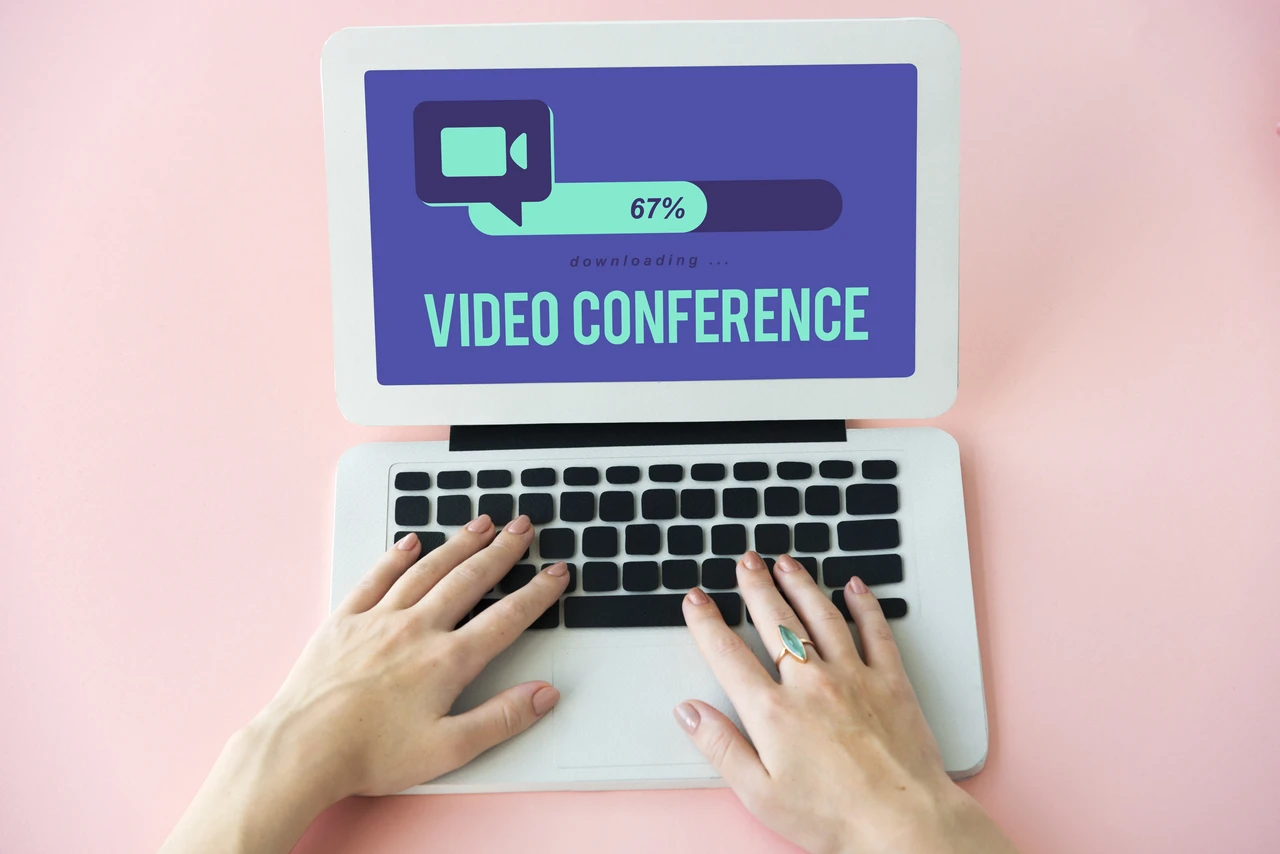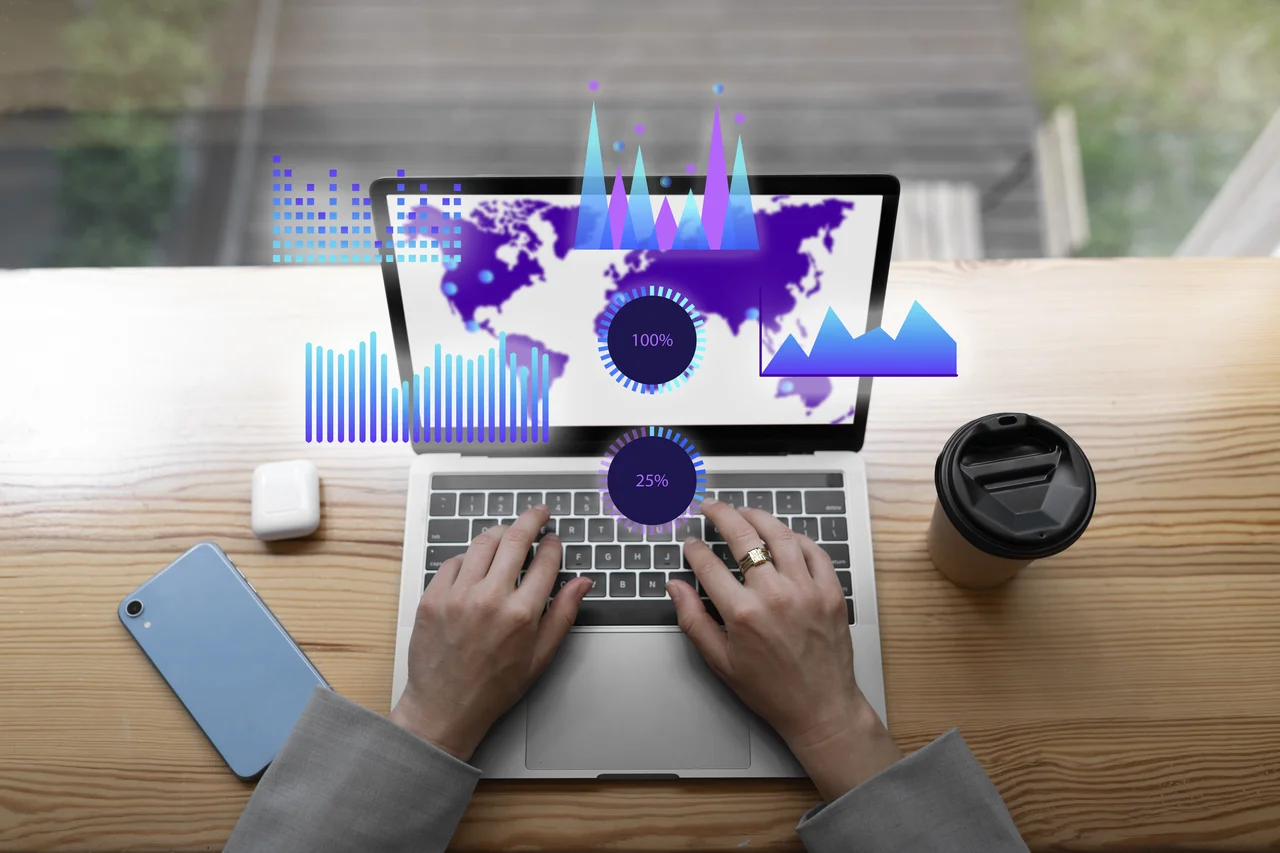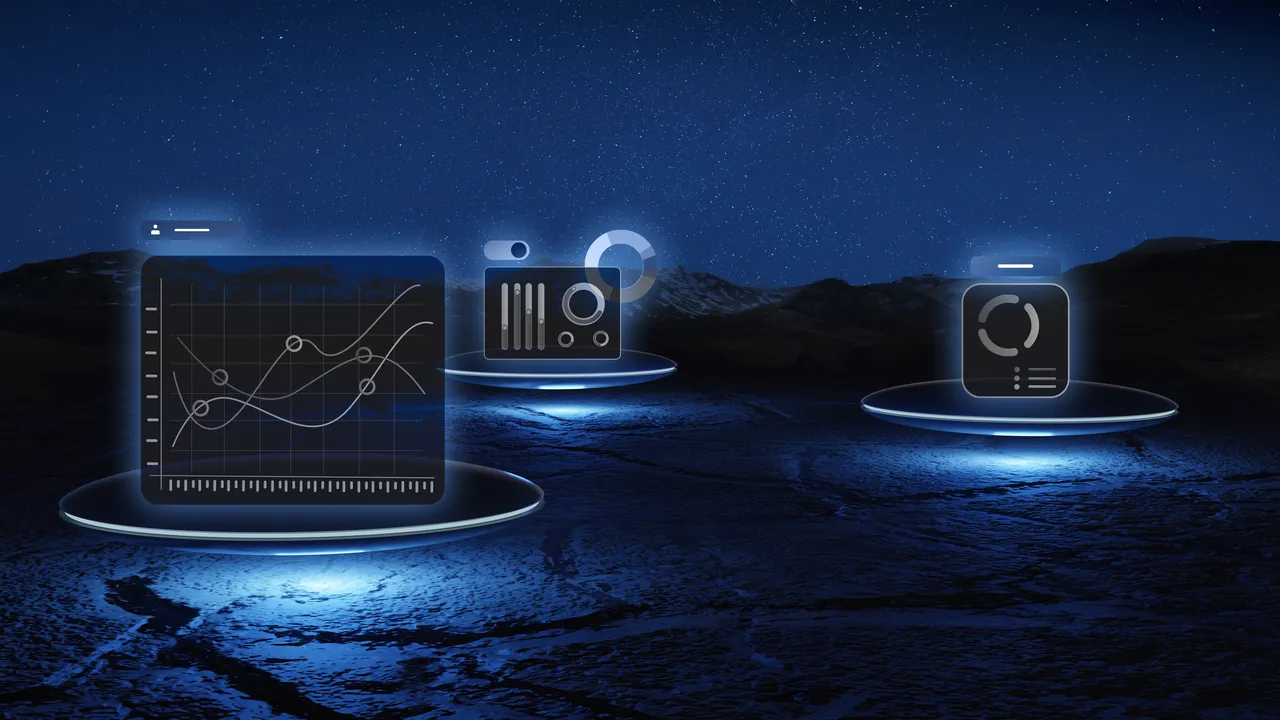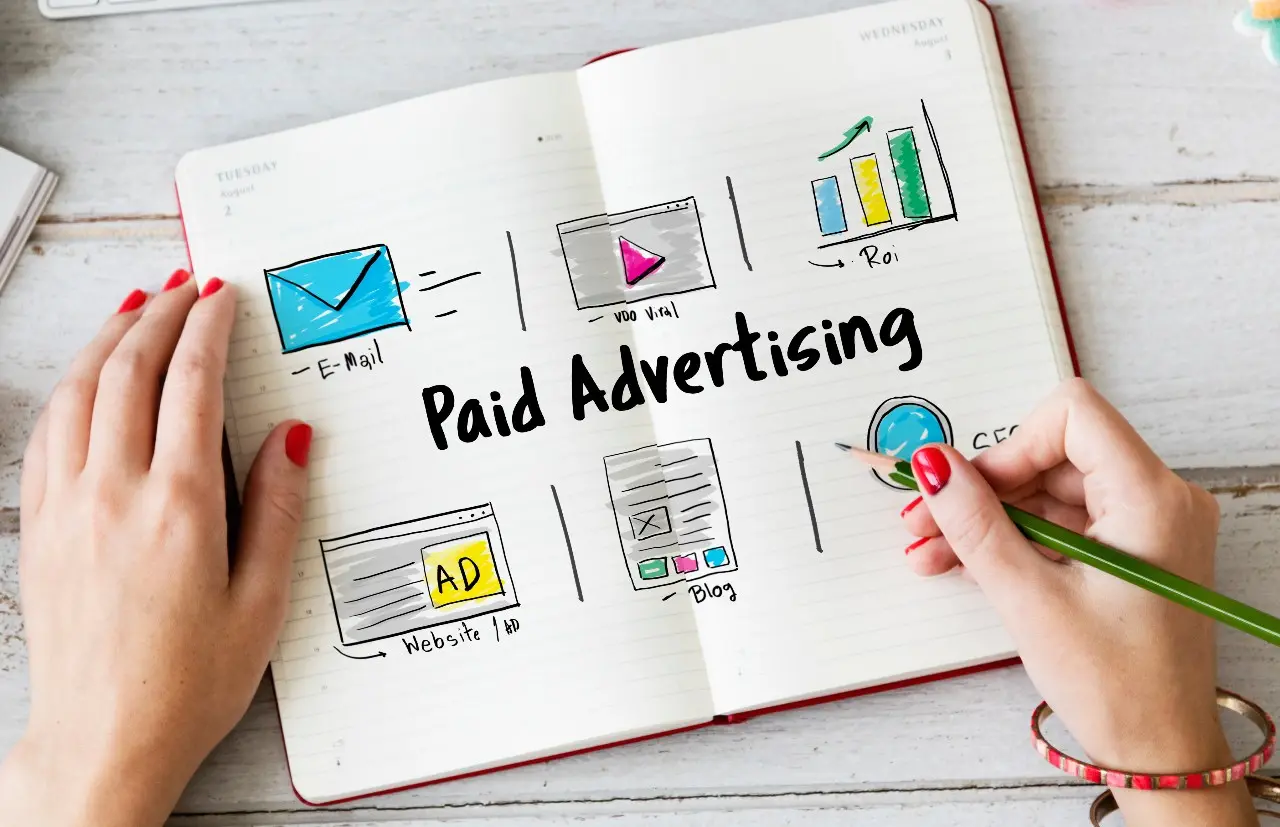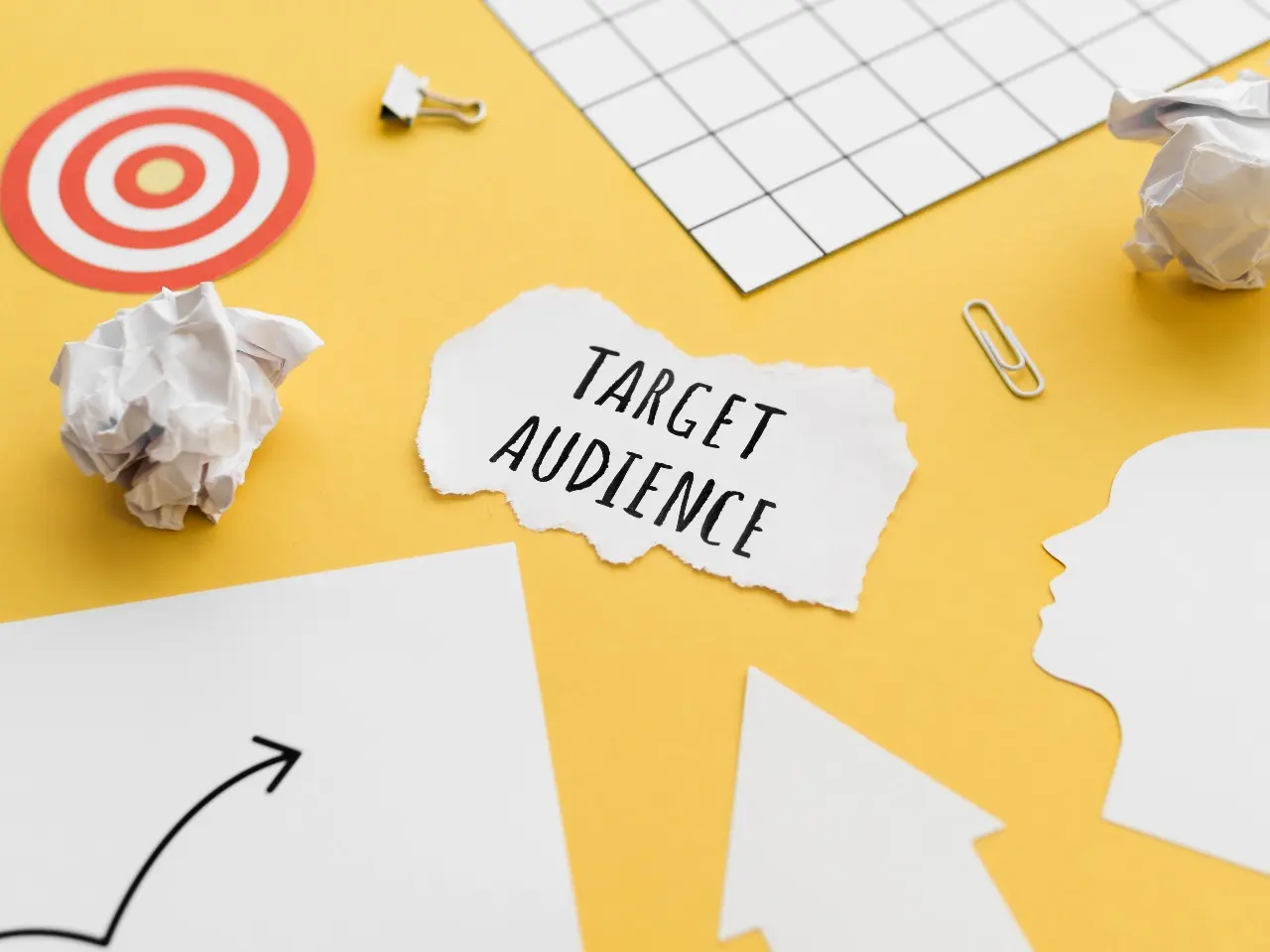Listen to article
In today’s fast-paced digital landscape, grabbing and holding audience attention is more challenging than ever. With shrinking attention spans, marketers need to be laser-focused on delivering content that is both engaging and easily digestible. But with so many marketing channels and formats available, how do you know where to focus your efforts?
In this article, we’ll dive into the latest marketing attention statistics, explore how content format and delivery influence engagement, and highlight strategies for capturing and retaining audience interest. From the enduring value of blogging to the explosive growth of video marketing, we’ll uncover the key trends shaping the future of marketing.
The Rise of AI in Email Marketing Strategies
The role of AI in email marketing has transformed from being a promising innovation to an indispensable tool. In an era where consumer attention is notoriously fleeting, AI offers a pathway to hyper-personalized, efficient, and engaging communication. Marketers are increasingly relying on AI to cut through the noise and deliver emails that not only capture attention but also drive meaningful actions.
- A staggering 95% of marketers utilizing generative AI for email creation say it’s “effective,” with 54% rating it as “very effective.” Source
The takeaway here is clear: AI is rewriting the rules of email marketing by helping brands create content that’s not just relevant but also delivered at the most opportune moments. From crafting compelling subject lines to optimizing send times, AI brings both precision and creativity to the table.
Dive into AI-powered email marketing tools like ChatGPT, Jasper, or Phrasee to test how they can enhance your email strategy—start with small experiments, such as AI-generated subject line variations, and scale based on performance. For businesses that lack the in-house expertise or resources to fully embrace AI, outsourcing email marketing can be a game-changer, ensuring that campaigns are not only efficient but also expertly managed.
Why Blogging Still Reigns Supreme in B2B Marketing
In a world dominated by trending content formats like video and interactive media, it’s easy to overlook the foundational role blogging continues to play in B2B marketing. Yet, blogs remain a reliable channel for nurturing leads, building thought leadership, and driving traffic. They offer a unique space for delivering in-depth insights, industry expertise, and SEO value that more ephemeral formats often can’t match.
- Companies that blog regularly witness a remarkable 67% increase in monthly leads compared to those without a consistent blogging strategy. Source
- 59% of B2B marketers rank blogs as their most valuable marketing channel. Source
Blogging isn’t just a supplementary tactic—it’s a long-term investment that delivers compounding results. By consistently providing relevant, high-quality content, brands can improve their visibility in search engines, nurture trust with decision-makers, and establish themselves as industry authorities.
Pro Tip:
Leverage your blog content in multiple ways. Repurpose blog posts into podcast episodes, social media snippets, or downloadable guides to maximize ROI and reach a broader audience. Tools like SEMrush and BuzzSumo can also help identify trending topics and keywords to ensure your content stays relevant and impactful.
How Readers Engage with Content: The Power of Skimming and Visual Appeal
As digital audiences interact with content in increasingly selective ways, understanding their behavior becomes non-negotiable for marketers. People want fast, clear, and engaging information, often skimming rather than fully reading. This means your content must work harder—and smarter—to not only grab attention but also retain it. Let’s explore how skimming habits and visual elements influence modern consumption trends.
- 73% of individuals skim blog articles instead of fully reading them, leaving just 27% who engage with the entire content. Source
- Articles with relevant images get 94% more views compared to those without images, underlining the importance of visuals in content. Source
Takeaway: Design Your Content for Fast, Impactful Experiences
Today’s audience isn’t just short on time—they’re also overloaded with information. Prioritizing concise, visually engaging formats can make all the difference. By using short paragraphs, bullet lists, and headers that speak directly to the reader’s needs, you make it easy for them to find value in your content. Adding well-placed visuals not only increases engagement but also conveys complex ideas quickly, helping readers process information faster.
Pro Tip:
Take skimming behavior into account by emphasizing key takeaways with bold text, callouts, and graphics. Use tools like Canva or Adobe Express to create simple, brand-aligned visuals that instantly capture attention and encourage readers to absorb more of your content. Incorporating these strategies into a larger B2B website strategy can not only improve content engagement but also help businesses connect with their audiences in a more meaningful way.
The Power of Video to Influence Buying Decisions
In an age of endless scrolling and content overload, video has emerged as a beacon for capturing and holding attention. Unlike other formats, it offers a unique combination of storytelling, visual engagement, and emotional connection, making it an indispensable tool for marketers. Beyond entertainment, video has become a critical driver for purchasing decisions, particularly on YouTube—a platform that continues to dominate both content consumption and ecommerce influence. Brands that leverage these trends effectively can create a seamless path from awareness to action.
- Viewers retain approximately 95% of a message when it is conveyed through video. Source
- An overwhelming 83% of consumers around the world prefer using YouTube to watch video content. Source
- YouTube stands out as the top platform driving purchases among social media channels. Source
- More than 40% of global shoppers report purchasing products they initially discovered on YouTube. Source
- A large majority (87%) of individuals feel they can make quicker purchasing decisions when shopping or browsing on YouTube. Source, Source
Takeaway: Build Strategies That Align with Consumer Behavior
The data speaks loud and clear—video isn’t just a format anymore; it’s a decision-making accelerator. From product discovery to purchase, platforms like YouTube are central to how consumers navigate their buying journey. To succeed, brands need to invest in diverse video content strategies, including tutorials, testimonials, and shoppable videos. Importantly, the goal isn’t just to create any video, but to craft experiences that resonate with your audience and simplify their path to purchase
Pro Tip:
Maximize the impact of your video marketing efforts by optimizing content for search visibility on platforms like YouTube. Include targeted keywords in your video titles, descriptions, and tags, and make use of compelling thumbnails to boost click-through rates.
Mastering Video Length: Insights for Capturing and Keeping Attention
In a world saturated with content, the length of your videos can be the deciding factor between retaining a captivated audience or losing their attention in seconds. With consumer preferences leaning toward concise and digestible formats, businesses must adapt their video strategies to meet these expectations. By carefully fine-tuning the duration of your videos to align with audience behavior, marketers can maximize both engagement and impact.
- Videos under 90 seconds achieve a 50% retention rate, showing that shorter content keeps half of viewers watching until the very end. Source
- Short-form videos generate 2.5 times more engagement than longer formats. Source
- A significant 73% of consumers prefer watching short videos when researching products or services, making brevity key during the decision-making process. Source
- More than half (56%) of business videos are now two minutes or less, reflecting an industry shift toward compact, high-impact storytelling. Source
- Engagement metrics for short videos are staggering: 59% of viewers watch between 41-80% of a video’s runtime, while 30% exceed 81% watch-through rates. Source
- Facebook videos perform best when falling between 2 and 5 minutes in length, balancing brevity with depth. Source
- On Twitter, a platform built for fast-paced content, videos attract 10 times more engagement than non-video posts. Promoted tweets with video further amplify results by slashing cost-per-engagement by over 50%. Source
Closing Thoughts: The Power of Keeping it Short
From social platforms to standalone marketing campaigns, the data is clear—short-form videos are the centerpiece of modern content strategies. Consumers not only prefer short videos but actively engage with them at higher rates, making them an essential tool for delivering your message effectively. However, it’s not just about trimming down your videos; each second should add value, spark interest, and drive action to create an emotional or intellectual connection.
Pro Tip:
Fine-tuning video length isn’t a one-size-fits-all solution. Use platform-specific analytics to identify optimal durations for your target audience while monitoring retention metrics across campaigns. Experiment with different formats—teasers, how-tos, or quick storytelling—to balance brevity with relevance and keep your audience deeply engaged.
The Power of Video and Strategic Content Marketing Investments
As digital attention spans continue to shrink, video content emerges as the champion for engaging today’s audiences. Its ability to deliver information quickly and visually gives it a firm edge over other formats. Coupled with the rising focus on content marketing as a whole, video is not just a trend but a cornerstone of effective marketing strategies, especially in the B2B landscape.
- A Livestream study found that 80% of viewers prefer watching live videos from brands rather than reading blog posts, and 82% favor live video over social media posts. Source
- Video content remains the most effective content format for B2B marketers heading into 2025, offering versatility for distribution across websites, email campaigns, and social media. Source
- Nearly 69% of global B2B marketers are planning to allocate a portion of their 2024 budgets to video content marketing, demonstrating its unmatched ability to foster engagement. Source
- The content marketing industry is forecasted to generate $107 billion by 2026, up from $82.3 billion in 2024, signaling a robust trajectory for investment growth. Source
- A considerable 45% of B2B marketers expect to raise their content marketing budgets for 2024, with the lion’s share devoted to video content (69%) and thought leadership initiatives (53%). Source
Takeaway: Video is the Key to Capturing Attention—and Driving Results
Video’s dominance in the marketing world isn’t surprising, but its success lies in its ability to balance engagement with information delivery. As we approach 2025, investing in video content isn’t just a “nice-to-have”—it’s the bridge to stronger connections with decision-makers and buyers who are inundated with text-heavy alternatives. However, the key to success is not just producing video content but creating videos that are tailored, impactful, and distributed effectively across the right channels.
Pro Tip:
Double down on your video strategy by hyper-focusing on personalization. Incorporate industry-specific insights or address common challenges faced by your target audience to boost relevance. Don’t forget to track performance metrics like watch times, click-through rates, and conversions to continuously refine your efforts for maximum impact.
Conclusion
As attention spans continue to evolve, marketers are faced with the challenge—and opportunity—of adapting their strategies to meet modern audience preferences. From AI-driven email campaigns to the undeniable dominance of video content, the data underscores one vital takeaway: success lies in creating personalized, engaging, and concise content that connects with users on a deeper level. Whether it’s through a compelling blog post, an eye-catching short-form video, or a well-crafted email, the key is understanding your audience and delivering value in formats they prefer.
The statistics shared in this article aren’t just numbers; they’re a roadmap for marketers looking to stay ahead in a competitive landscape. By leveraging insights into content consumption habits, marketers can create strategies that resonate, nurture trust, and ultimately drive conversions. Pro tip: Continuously test, refine, and optimize your content to meet the shifting demands of your audience.
Ready to boost your traffic and grow your website? Your customers are looking for you, and our SEO services can help you be found across search engines. Let’s turn today’s insights into tomorrow’s results. Start optimizing your marketing efforts for 2025 and beyond!
About Creating Marketing Attention Statistics You Need to Know in 2025
This guide was written by the Scopic Studios team and reviewed by Araksya Hakobjanyan, SEO Lead at Scopic Studios.
Scopic Studios delivers exceptional and engaging content rooted in our expertise across marketing and creative services. Our team of talented writers and digital experts excel in transforming intricate concepts into captivating narratives tailored for diverse industries. We’re passionate about crafting content that not only resonates but also drives value across all digital platforms.
Note: This blog’s images are sourced from Freepik.
















